The incredible power of the Sun has been captured in a stunning video showing a massive coronal magnetic ejection being thrown into space.
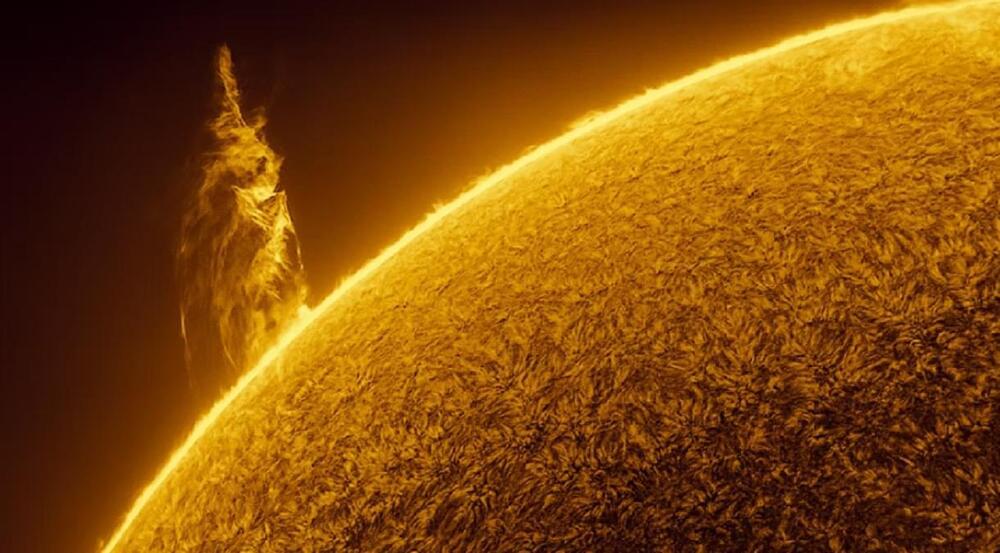

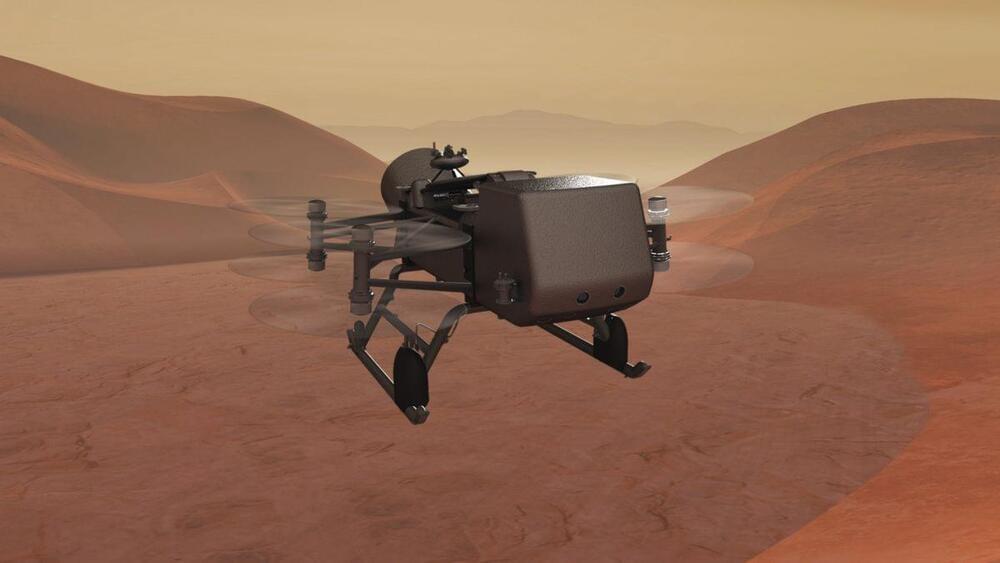
NASA’s Dragonfly mission to Saturn’s largest moon will touch down on a terrain of dunes and shattered, icy bedrock, according to a new analysis of radar imagery from the Cassini spacecraft.
Launching in 2027, Dragonfly is a rotorcraft that will arrive in 2034 and explore Titan from the air. Its range will be far greater than that of a wheeled rover, with Dragonfly capable of covering around 10 miles (16 kilometers) in each half-hour flight, according to NASA. Over the span of its two-year mission it will explore an area hundreds of miles or kilometers across. However, before taking to the sky on its own, Dragonfly must first arrive on Titan under a parachute, soft-landing on frozen terrain that is hidden from easy viewing by the dense hydrocarbon smog that fills the moon’s atmosphere.
Jupiter’s storms aren’t the scariest thing about Jupiter. Find out what NASA is afraid of the most about Jupiter.
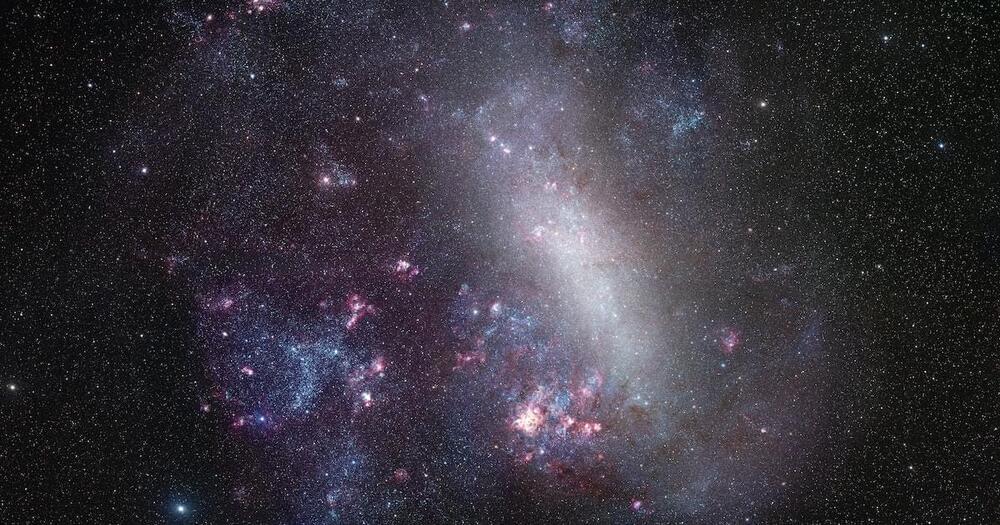
In the southern sky shine two smudges, known as the Large and Small Magellanic Clouds. They are satellite galaxies of the much larger Milky Way, and one of their qualities has puzzled scientists. As the Clouds tumble through space, the Milky Way should be exerting enough gravitational force to knock loose their star-making material. But the smaller galaxies are still building new stars. A study published Wednesday in the journal Nature finally explains it.
What they did — “A lot of people were struggling to explain how these streams of material could be there,” Dhanesh Krishnarao, assistant professor at Colorado College and lead author of the new study, says in a NASA description of the paper. “If this gas was removed from these galaxies, how are they still forming stars?”
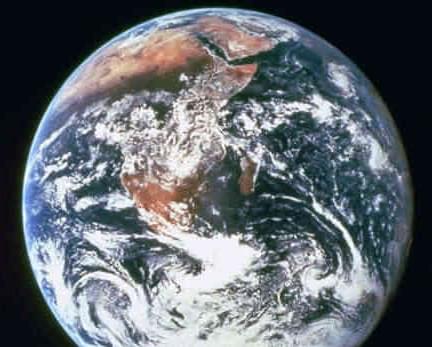

What we know about Venus so far has been gathered from several past probes.
With a slightly smaller diameter than Earth, Venus orbits closer to the Sun. This means that any water on the surface would have evaporated shortly after its formation, starting its greenhouse effect. Early and sustained volcanic eruptions created lava plains and increased the carbon dioxide in the atmosphere — starting the runaway greenhouse effect, which increased the temperature from just a little higher than Earth’s to its current high value of 475°C.
While Venus’s year is shorter than ours (225 days), its rotation is very slow (243 days) and “retrograde” — the other way round to Earth. The slow rotation is related to a lack of magnetic field, resulting in a continuing loss of atmosphere. Venus’ atmosphere “super-rotates” faster than the planet itself. Images from many missions show V-shaped patterns of clouds composed of sulphuric acid droplets.
Despite the harsh conditions, some scientists have speculated that Venus’ clouds might, at some altitudes, harbor habitable conditions. Recent measurements showing phosphine — a potential sign of life as it is continuously produced by microbes on Earth — in Venus’ clouds have been strongly debated. We need more measurements and exploration to work out where it comes from.

The tool will look into how the Sun’s magnetic field creates coronal mass ejections and other eruptions.
This Sunday China is set to launch its first dedicated solar observatory into space in order to help investigate the mysteries of the Sun, according to a report by published Nature.
The Advanced Space-based Solar Observatory (ASO-S) will be equipped with three instruments that will provide information on how the Sun’s magnetic field causes coronal mass ejections (CMEs) and other eruptions.
A mission a long time coming.
Called the Advanced Space-based Solar Observatory (ASO-S), the tool will feature three instruments that will provide insights into how the Sun’s magnetic field creates coronal mass ejections.
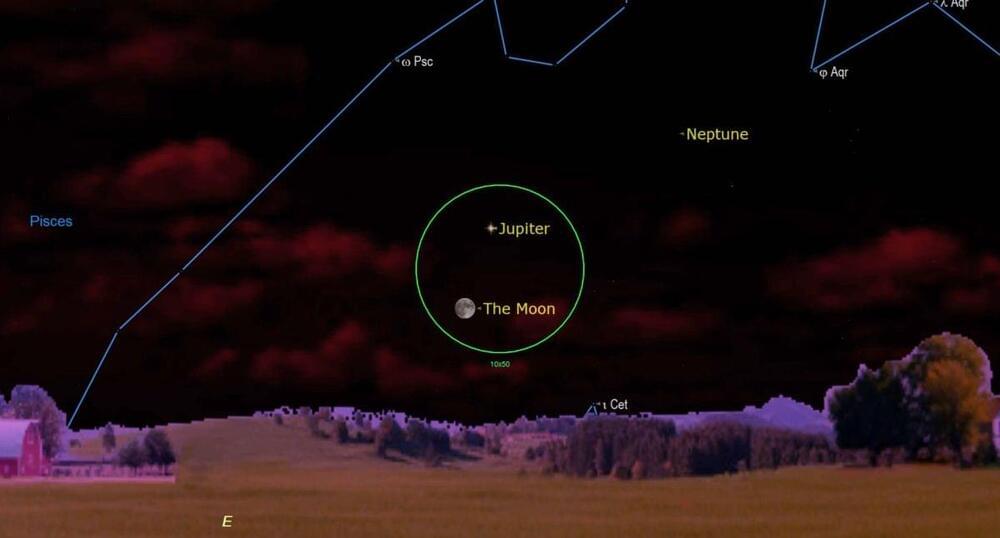
On Saturday evening (Oct. 8), should local weather conditions permit, you’ll be able to enjoy a view of a waxing gibbous moon hovering near to the “king of the planets,” Jupiter.
Both will be posed about one-quarter up in the east-southeast part of the sky as darkness begins to fall. The moon, which will be less than 24 hours from full phase — 99-percent illuminated by the sun — will be situated just below and to the left of Jupiter, a distance measuring roughly 4 degrees.
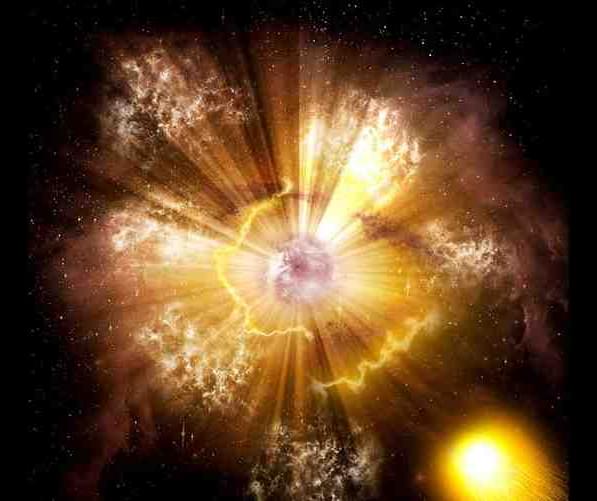

Scientists have discovered a pair of stars locked in an incredibly close orbit that circle each other once every 51 minutes — and according to the results of a new study, they are only going to speed up.
The universe is a chaotic place when it comes to orbital mechanics. Our solar system, when viewed in relation to the rest of the cosmos, is a little vanilla. We have our central star — the Sun — which is orbited by eight major planets that are in turn are escorted through the heavens by a plethora of moons and rings of varying levels of impressiveness.
However, astronomers have discovered that roughly half of the stellar systems in our Milky Way are actually comprised of multiple stars that are gravitationally bound to one another. The Alpha Centauri system — which is the closest neighboring stellar population to our Sun — is in fact a collection of three stars that orbit one another roughly 4 light-years from Earth.